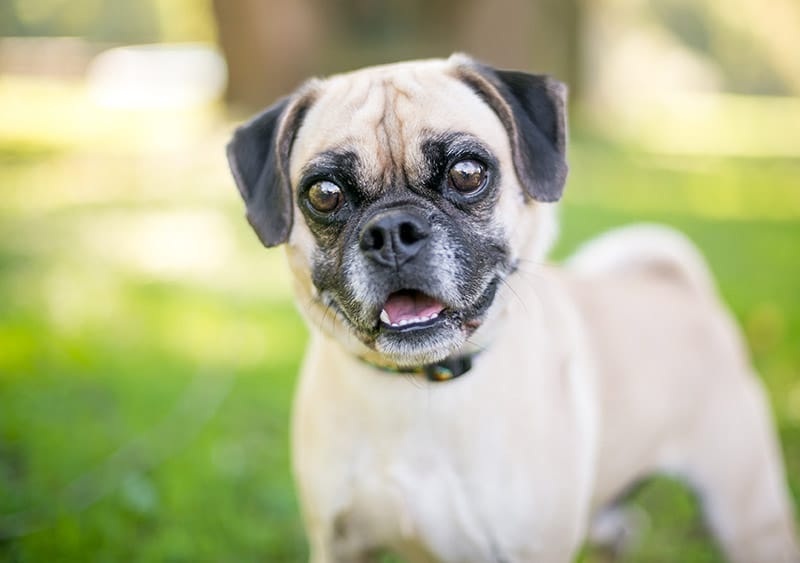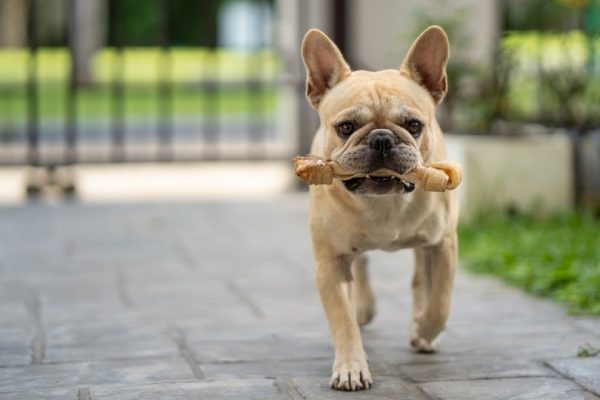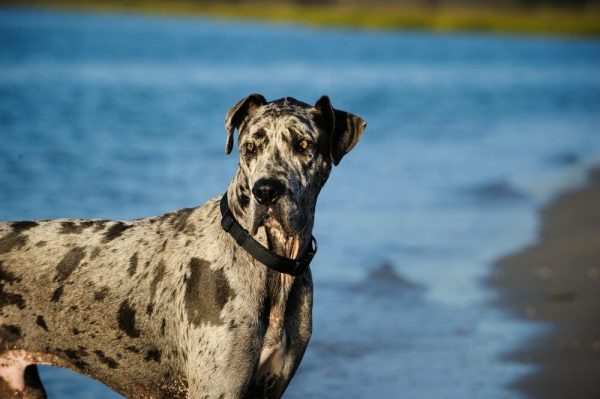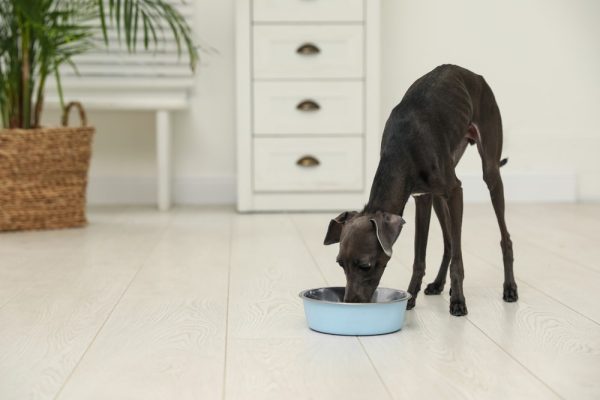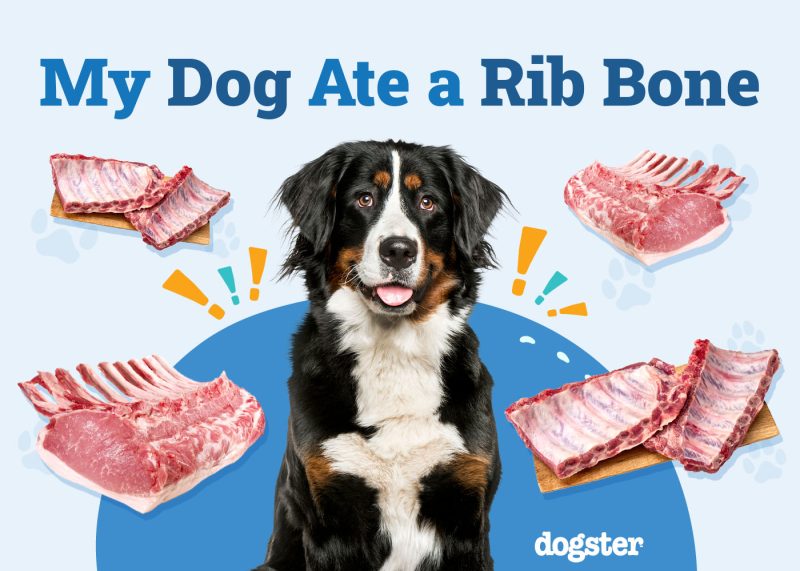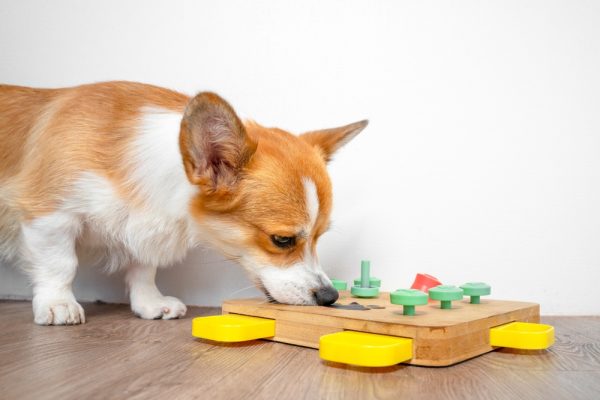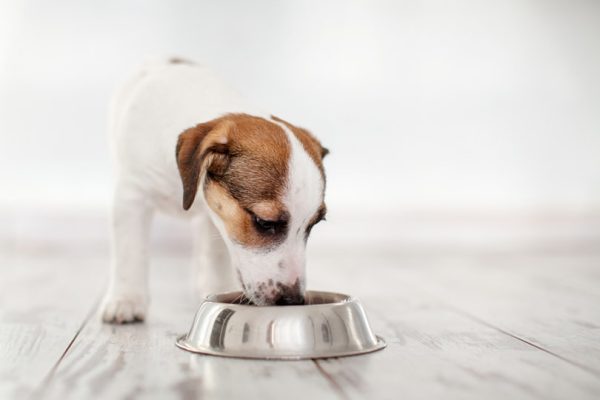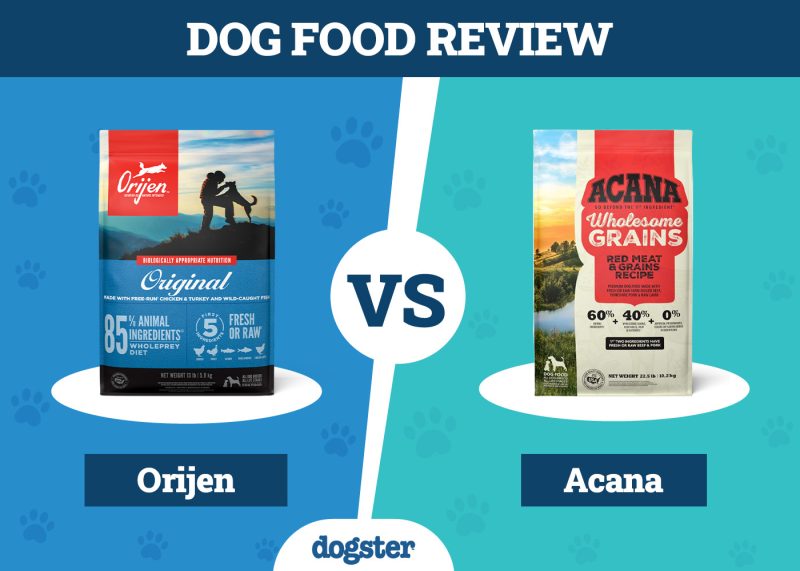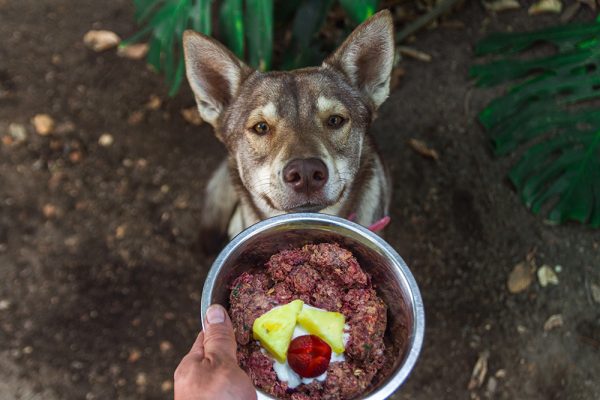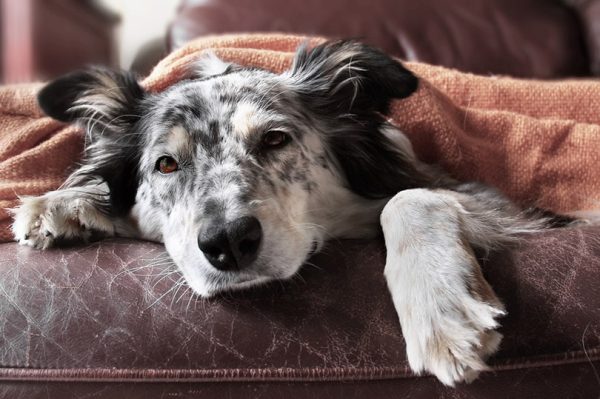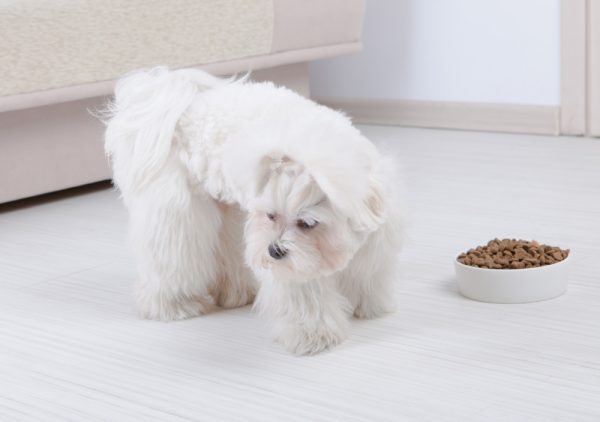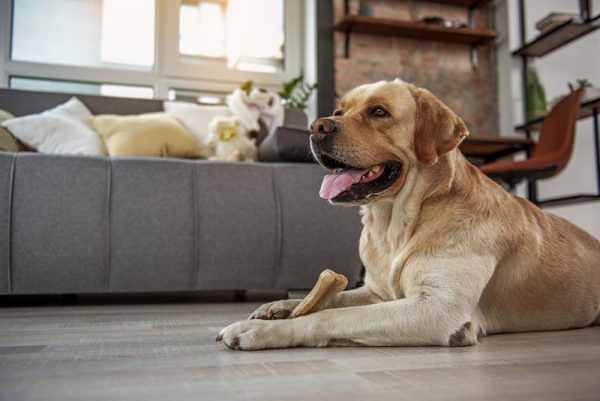In this article
View 8 More +A Puggle is an attractive dog breed that you get when you mix a Beagle with a Pug. They make great family pets and are adaptable to various living environments. However, since they are relatively new, many people want to learn more about them before bringing one home. If this sounds like you, keep reading as we look into their temperament, intelligence, common health issues, and grooming needs, to help you determine if they are right for your home.
Breed Overview
Height:
13–15 inches
Weight:
18–30 pounds
Lifespan:
10–15 years
Colors:
Fawn, black, tan, white
Suitable for:
First-time dog owners, families with children, singles, apartments
Temperament:
Friendly, adventurous, stubborn
This Beagle Pug mix has a playful and curious nature and a friendly and loving personality, which means they are often comical and anxious to get your attention. They enjoy being part of the family and are adaptable to different living environments due to their medium size. You can find them in several colors, including black, tan, white, and fawn, and they have expressive faces. However, they can also be quite stubborn without proper socialization and training when they are young.
Puggle Characteristics
Puggle Puppies
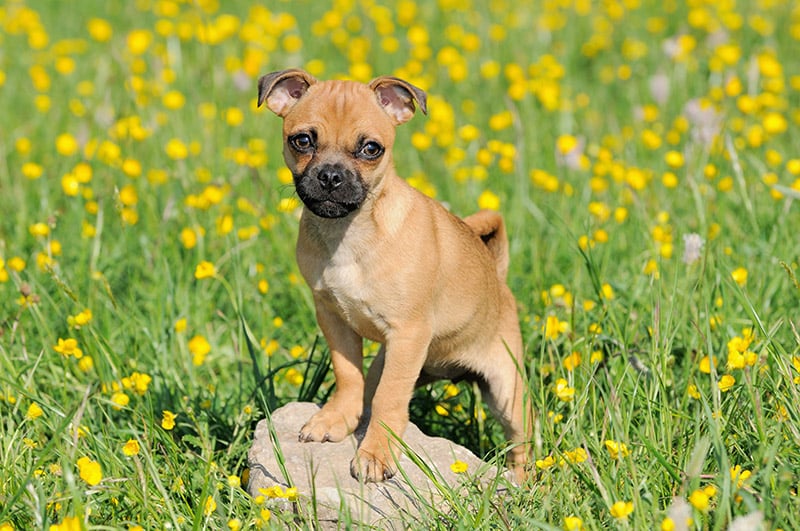
Puggle puppies are adorable and have endless energy that will keep any new owner busy throughout the day. They are often eager to explore their surroundings and can get into mischief if you don’t supervise them closely. While they are often naturally friendly, spending plenty of time with other animals, people, and places will help them remain comfortable around these things as adults.
Finding a breeder can be challenging, as they need to be an expert in both the Pug and Beagle breeds. However, you might be able to find one in your area by checking with local shelters to see if any breeders exist or by looking online. Always be careful to choose a reputable breeder who puts the health of their dogs above profits.
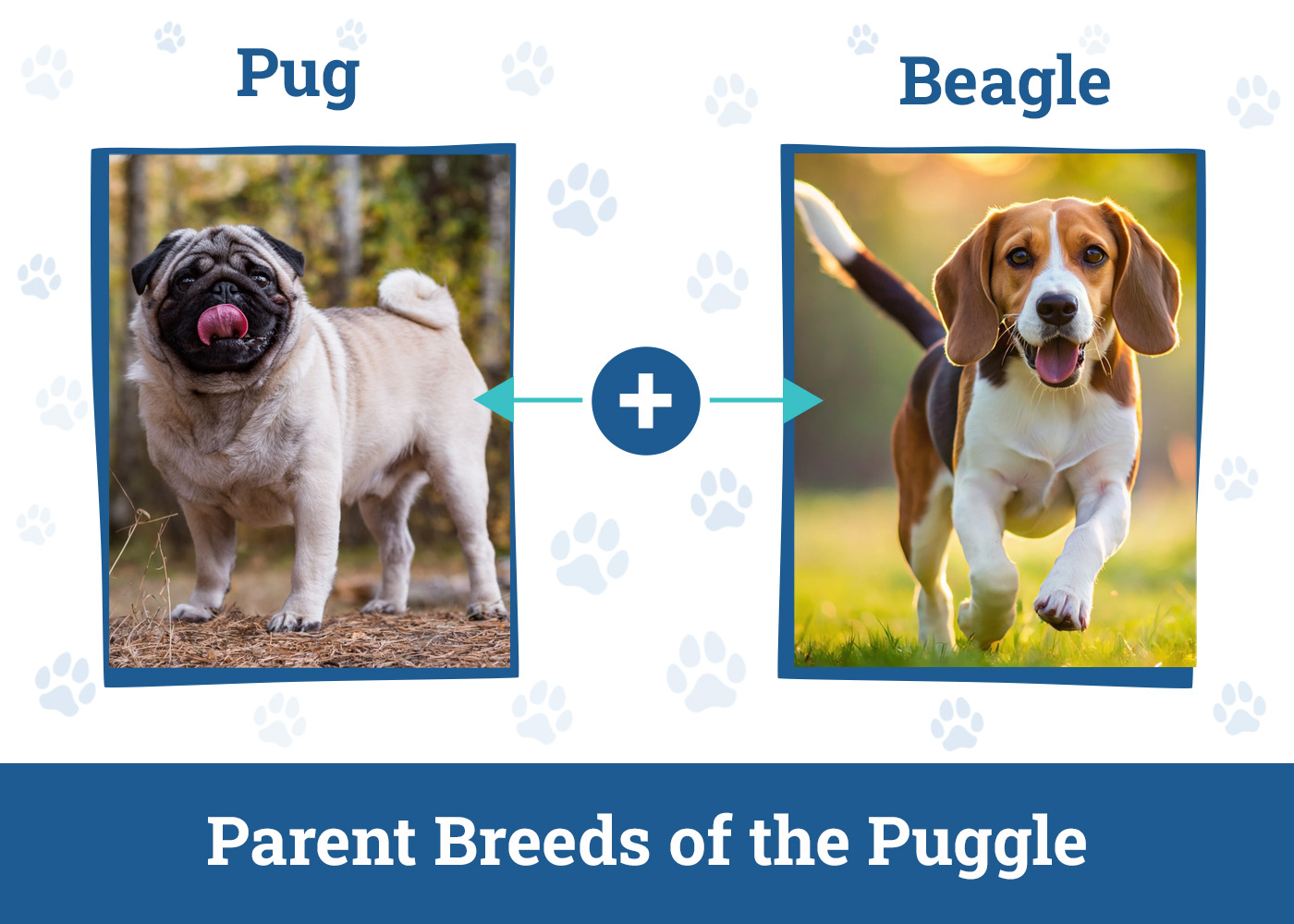
Temperament & Intelligence of the Puggle 🧠
The Puggle is usually friendly and affectionate, making them a great choice as a companion animal. Their moderate size makes them well-suited for small living environments, including apartments, and they are always ready to play. They enjoy cuddling on the couch and going for short walks, and they are quite expressive and capable of many vocalizations that help them get their point across.
Are These Dogs Good for Families? 👪
Yes, the Puggle can be a great choice for large and small families. They often get along with kids and other pets and are even usually tolerant of small children.
Does This Breed Get Along With Other Pets? 🐶 😽
While individual personality can vary, most Puggles get along well with other pets and will frequently engage in play and other activities with little encouragement. Early socialization with many other animals, when they are still puppies, can help make it even more likely that they will get along with them as adults.
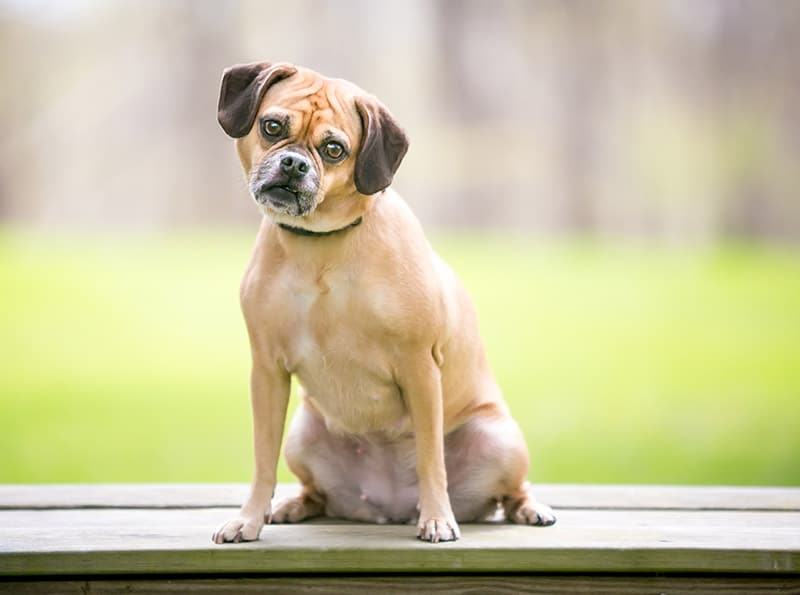

Things to Know When Owning a Puggle
Food & Diet Requirements 🦴
Your Puggle will need a high-quality dog food appropriate for their age that has real meat like chicken, turkey, or beef as the first ingredient and that doesn’t have any harmful chemical preservatives, such as BHA and BHT, or harmful food colorings that might lead to an allergic reaction or other health problems. Brands that contain real fruits and vegetables, omega-3 fatty acids, and prebiotics can also be healthy for your pet, but remember to follow portioning guidelines closely to avoid weight gain.
Exercise 🐕
Puggles have a moderate energy level, so it’s not too hard to keep up with their needs. A few short walks each day, along with playtime that has mental activities in the form of puzzles or games, can be enough to keep them healthy and happy.
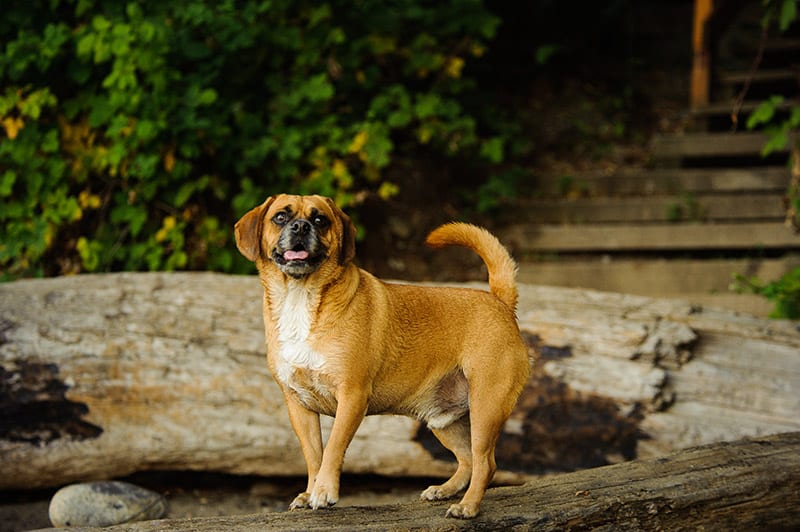
Training 🎾
Puggles are intelligent and capable of learning various commands and tricks. However, if they inherit too much of the Beagle’s curiosity and independent nature, they can be more difficult to train, as it will be harder to keep them focused on the task at hand. Starting their training while they are still puppies and sticking to a consistent schedule can help get them into a routine that carries into adulthood. Keeping the sessions short and using plenty of positive reinforcement in the form of treats and praise can help keep them interested and coming back for more. Holding your training sessions right after playtime can also help, as this gives them a chance to burn off excess energy.
Grooming ✂️
Puggles are easy to maintain because their short coat will require only occasional brushing and bathing using a high-quality shampoo that won’t dry out their skin. Clip their nails when you hear them clicking on the floor, and check their ears regularly for signs of wax buildup or infection. Regular brushing with dog-safe toothpaste is also important to slow the progression of dental disease.
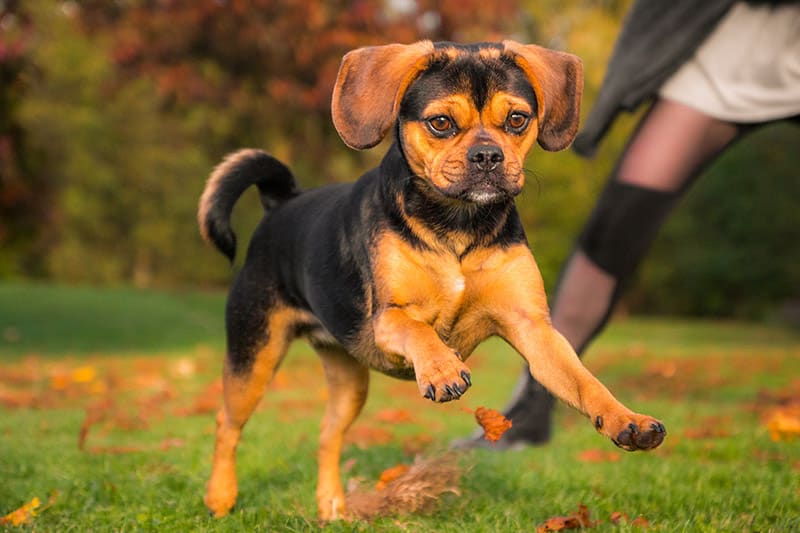
Health and Conditions 🏥
- Skin Issues: The Pug often has sensitive skin, and they may pass that to your Puggle. This issue can include dry and itchy skin, bald patches, and rashes. An occasional bath with a high-quality shampoo that doesn’t dry the skin out can help. Your vet may also provide additional tips or medication to help keep your pet’s skin in good shape.
- Epilepsy is a condition that is common for the Beagle parent of the Puggle, so there is a chance that they can pass it to your Puggle. It can lead to seizures in your pet that can last 30–90 seconds, during which time, your pet will be unaware of their surroundings. Treatment includes documentation of the seizures and medication from a vet.
- Brachycephalic airway syndrome is a condition that affects dogs like the Pug and the Puggle due to their scrunched-in faces, which can make it more difficult for them to breathe properly, resulting in several issues. They will have difficulty with heavy exercise and high temperatures, and they may also suffer from bronchial collapse, gastroesophageal reflux, and chronic gastritis. Weight management, steroids, and surgery can sometimes reduce clinical signs.
- Hip dysplasia is a condition where the hip joint doesn’t form correctly, causing it to wear down prematurely, especially in large or active dogs. It can result in decreased range of motion, a reluctance to run and play, and even lameness in the hind legs. Treatment can include physical therapy, weight management, medication, and surgery.
- Obesity: Unfortunately, both the Beagle and Pug parents are prone to obesity, which puts the Puggle at a higher risk. Since more than half of dogs across the United States are overweight, be sure to monitor your portion sizes closely, and ensure that your dog gets enough activity each day to burn off any excess calories that they consume. If you are having trouble keeping your pet at their ideal weight, contact your vet for advice specific to your pet.
Male vs. Female
Like any mixed breed, the size, appearance, and temperament of your pet will be mostly determined by the parent that they take after more, rather than what sex they are. However, males are usually larger and more assertive, while females are more reserved and easier to train.

3 Little-Known Facts About the Puggle
1. The Puggle was one of the first designer breeds.
The Puggle was one of the first designer breeds to gain widespread popularity in the early 2000s, ushering in a new era of dog breeding.
2. You will never know what you will get with the Puggle appearance-wise.
The Puggle’s appearance can vary dramatically depending on which parent they take after more, with some having a scrunched-in face and others having a long snout.
3. They are companions for famous people.
Puggles have had celebrity owners who include Uma Thurman, Kelly Osbourne, and Sylvester Stallone.

Final Thoughts
The Puggle can make a wonderful pet for any family, and their medium size makes them well suited to various living arrangements, including small apartments. They get along well with people, children, and other pets and don’t require much exercise or grooming. They are also intelligent but can be tough to train, especially if they take after their Beagle parent because they will be extra curious and playful. They also have an expressive face and produce many vocalizations to go with it, so they are great company. However, they can be a bit noisy, so keep that in mind if you have neighbors close by.
Featured Image Credit: Mary Swift, Shutterstock
